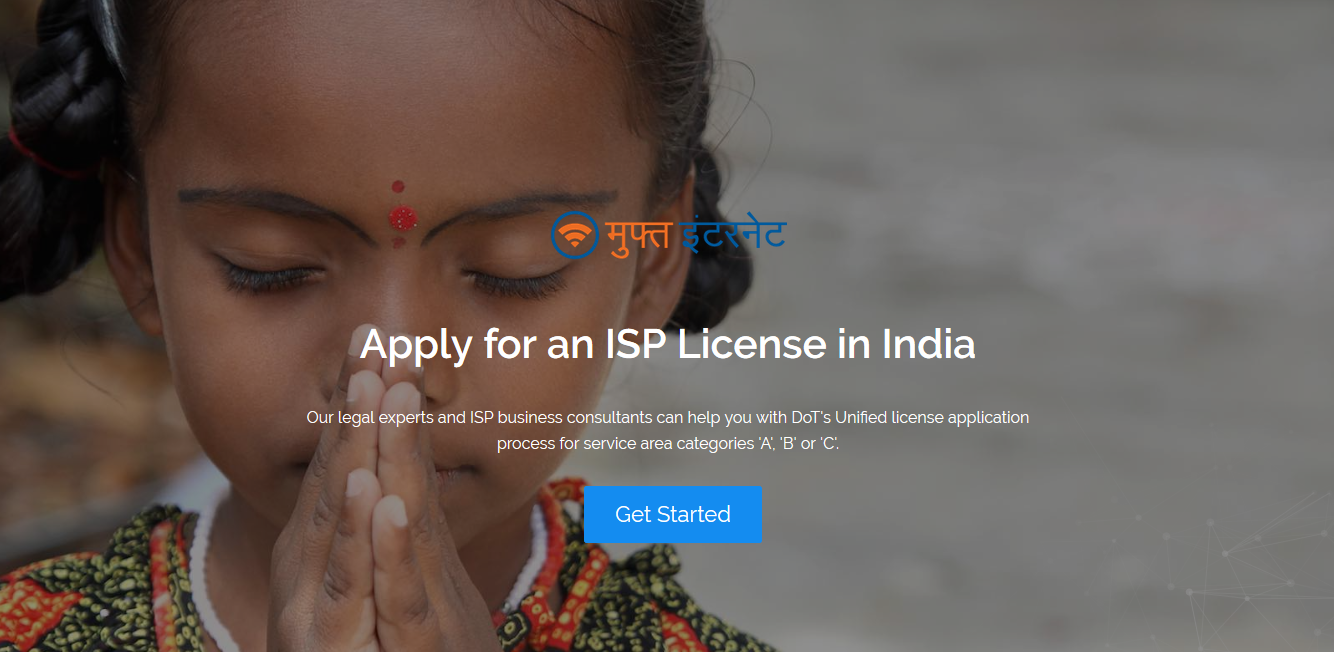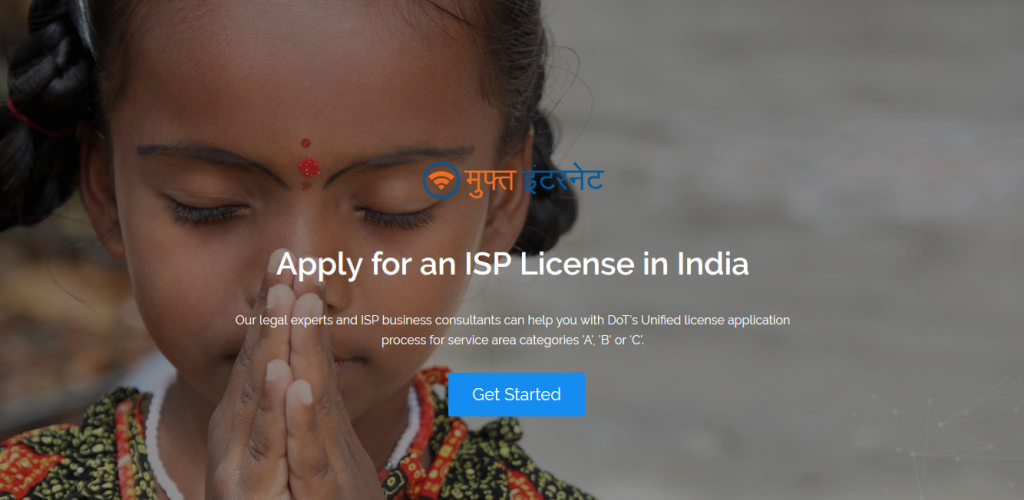A VNO (Virtual Network Operator) License is a smaller subset of the ISP license. ISPs who wish to do ISP business only in a particular district or state can opt for a VNO license instead of an ISP license due to the cost effectiveness of VNO compared to an ISP license.
To know the differences between ISP and VNO license, click here.
Step 1: How to (apply for &) get a VNO license in India? – Check Eligibility
To obtain a VNO license, you require a registered company under the Companies Act, 1956, preferably, a Pvt. Ltd. Company. The chances of rejection are approvals are low in case of a Pvt., Ltd. Company as against a sole proprietorship/partnership firm . You can log on to the Registrar of Companies’ website for more information on how to register a company if you haven’t already registered yours.
Step 2: How to (apply for &) get a VNO license in India? – Choose a suitable VNO license category(Add link) to apply under.
The next step to obtaining an VNO license is to know / decide which category of license you require – category A, B or C. Click here to know more about how to select the right category for your VNO License.
In India, there are 3 different categories of VNO licenses to become an internet service provider, depending upon the City/State/Town/District/Village you want to start your ISP business in.
The 3 categories of VNO licenses are:
- Class A (National Area)
- Class B (Telecom Circle/Metro Area)
- Class C (Secondary Switching Area)
Naturally, a Class A VNO license would be quite expensive, followed by Class B & C respectively.
Step 3: How to (apply for &) get a VNO license in India? – Budgeting and Costing
To promote internet access in smaller towns, cities & villages, the Government of India has made a conscious effort to ease prices of a Class C license compared to a Class A or B license.
The following table will explain the financial entry conditions you require to fulfill in order to obtain a Class A/B/C ISP license:
| Service | Minimum Equity | Minimum Net worth | Entry Fee (Rs.) | Performance BG (Rs.) | Financial BG (Rs.) | Application Processing Fee (Rs.) | Total Capital Required (Rs.) |
| ISP “A” (National Area) | Nil | Nil | 15 Lakh | Nil | 50,000 | 50 Thousand | 16,00,000 |
| ISP “B” (Telecom circle/Metro Area) | Nil | Nil | 1 Lakh | Nil | 50,000 | 15 Thousand | 1,65,000 |
| ISP “C” (SSA) | Nil | Nil | 10 Thousand | Nil | 5,000 | 10 Thousand | 25,000 |
As you can see above, the total capital required for a Class C VNO license is INR 25,000/- whereas for a Class A license is as high as 16 lac.
Thus, in order to become a Class C VNO licence holder, you don’t require more than Rs. 50,000, depending on the lawyer / ISP consultant fees.
Once you have selected the category of the ISP license you want to obtain, it is important to know how the entire application process goes.
Now, let’s take you through on how to apply for an ISP license & the documents, legal help, etc. you will require.
Step 4: How to (apply for &) get a VNO license in India? – Initial Application Process
- After you have chosen your VNO license category, you will need to fill out an application form.
- Along with the form, a non-refundable Processing Fee of INR 15,000/- must be paid by the applicant, along with 2 copies of the application form, by DD/Pay Order from a Schedule Bank payable at New Delhi issued in the name of Pay & Accounts Officer (Headquarter) DOT.
- Provide all required official documents. Click here to know the list of documents required.
Step 5: How to (apply for &) get a VNO license in India? – Document Review
Once you have submitted your application form along with the required documents & fees, the Department of Telecom will review your application & respond to you, the applicant, in under 60 days, as far as practicable i.e. in case there are any issues with your application, there may be a delay in the issuing of a response from the DOT.
If there is no problem with your complete application, the DOT will issue a ‘Letter of Intent’ in your favor.
However, there are chances that your application may be rejected or delayed due to non-compliance with legal, security, hardware, commercial and contractual compliance and human errors such as incomplete form submission.
Therefore, it is important to get an ISP consultant / lawyer to review your application before you submit your application form for obtaining the ISP authorization under the Unified License . Click here to know more.
Step 6: How to (apply for &) get a VNO license in India? – Letter of Intent
If there are no issues with your application form for obtaining the VNO license under the Unified License, the DOT will issue a ‘Letter of Intent’ in your favor. Once the Letter of Intent is issued,
- You will have to submit the one-time entry fee (as mentioned in the table above) Furthermore, you will have to submit a signed license agreement with the DOT and any other documents required, including the documents mentioned in the Letter of Intent.
- Do note that the one-time entry fee is non-refundable & once the Letter of intent is issued, all the above requirements have to be fulfilled within a specific period that will be mentioned in the Letter of Intent.
Step 7: How to (apply for &) get a VNO license in India? – Confirmation
If everything goes smoothly, you will be issued a VNO License for ISP under the Unified License for a period of 10 years. The DOT will contact you / mail you directly to inform you whether you have been issued the ISP License.
Step 8: How to (apply for &) get a VNO license in India? Conclusion – Need for Expertise: Get/Apply a VNO license in India
The process of VNO licensing is technical and lengthy for a common person to comprehend. There have been quite a few instances where the application is rejected because of an incomplete submission, missing information, non-compliance, missing documents etc. Thus, it is advisable to get your documents & forms reviewed by a professional ISP consultant or lawyer to make sure you don’t lose out on time & money.
Click here to know more about our ISP consultancy.
Disclaimer: the rules keep changing as per notifications by DOT and Govt. This information was published on Sept’2017. Do not treat this as professional advice, kindly contact us for up-to-date compliance and to avail professional assistance for your application.

